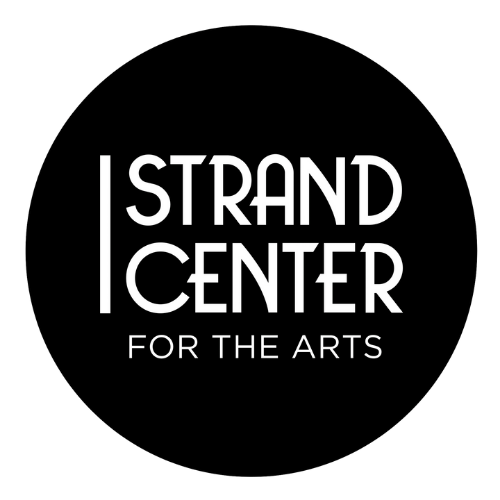Visiting Artist: Jennifer McCandless
Artist Profile: Jennifer McCandless, born 1967, Detroit, MI. Jennifer received her BFA in Sculpture from Otis/Parsons School of Art and Design and her MFA in Sculpture from the School of the Art Institute of Chicago. She has taught Ceramics and Sculpture at Wayne State University and The Loomis Chaffee School. She recently segued into full time sculpting after serving as Art Department Chair, Curator and Director of the Mercy Gallery and a Nichols Fellow in Art at Loomis Chaffee. Jennifer has been the recipient of numerous awards including the Michigan Council for the Arts Individual Artist Grant, The Palmer Fellowship 2011- 2015 and the Skowhegan Fellowship. The work created for her solo show Run Amok at A.I.R. was supported by both Creation and Development grants from the Vermont Council for the Arts and the National Endowment for the Arts. Her extensive exhibition history includes shows at the National Sculpture Society, the Contemporary Art Institute of Detroit, The Lemberg Gallery, the Housatonic Museum, the John Sly Ely Museum, the Elmhurst Art Museum, Hyde Park Art Center, The Frederick Meijer Museum and X Contemporary in Miami. Her satirical work was featured in Fahrenheit 2018 at the American Museum of Ceramic Art. She was recently an artist in residence at Abba House (Ghana), MassMoCA, The Millay Colony, and ChaShaMa North. Jennifer is also an Eco Artist, creating outdoor sculptural works that double as pollinator habitat in consultation with scientists and students at both the UVM and Middlebury College as well as the Xerxes Society in designing for specific species. She was an official Community Partner of the Middlebury College Environmental Program in 2023, working with student scientists in testing designs and creating educational materials. This research was supported by a New England Foundation for the Arts Grant in 2023. She will be the Wintertide/Folly Farm eco-artist in residence, 2024 at the Millay Colony in Austerlitz, New York as well as having a solo exhibition at AVA Gallery in New Hampshire. Her work will be featured in the exhibition New Now: Strange States (representing Vermont)at the Shelburne Museum in 2024 as well as Fahrenheit 2024 at the American Museum of Ceramic Art. She is represented by A.I.R. in Brooklyn, NY, Soapbox Arts in Burlington, VT and ArtAxis.
Artist statement: My current work is a collection of ceramic sculptures using humor and satirical narratives to challenge the viewer’s perspectives on constructions of identity and societal norms. The pieces offer a social critique of how we interpret the ills of the world, how we interact with one another, and how we see ourselves. My fascination with human behavior is cultivated in the study of figure, grounded in satirical narrative. The expressive quality of the clay is used to take dark social and personal realities and offer playful, ironic or damning commentaries. Our relationships to ourselves, nature, religion, each other, death: this is often the unpalatable stuff of life. Art allows me to slow down the barrage of information and contemplate through sculpting, a point of view, communicating, hopefully through humor, my frustrations and thoughts.
Pollinator works: The November 2022 Vermont State of Bees Report provides one of the most comprehensive assessments to date of both the conservation status and current threats to Vermont’s wild bee populations. The report—produced through a collaboration with the Vermont Center for Ecostudies, the Vermont Department of Fish and Wildlife, and a multitude of citizen scientists—highlights that of Vermont’s 350 bee species, 55 are imperiled due to restrictions in habitat and other threats causing population decline. The study authors provide compelling reasons for why we should be compelled to address these issues, stating, “Wild bees play a pivotal role in pollinating both wild and crop plants, a critical ecosystem service many people take for granted.” The report goes on to note that while “the important role that pollinators, particularly bees, play in Vermont’s ecology and economy has become better recognized by the public in recent years” there is much more work to be done to ensure that these species remain healthy and viable. In these sculptures that double as pollinator habitat, I am aiming to create relationality and appreciation of the other worlds we inhabit, a hopeful act of restoration and care.” Instead of dominating nature with outdoor sculpture , these works are made of natural materials and serve nature, often blending into the landscape in subtle but surprising ways when found




